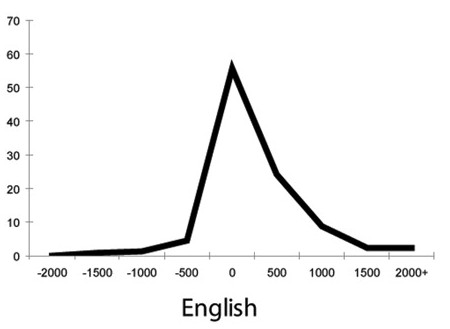Legal scope again
According to 35 USC § 271 (a):
Except as otherwise provided in this title, whoever without authority makes, uses, offers to sell, or sells any patented invention, within the United States or imports into the United States any patented invention during the term of the patent therefor, infringes the patent.
A petition for a writ of certiorari, dealing in part with the semantic interpretation of this sentence, is now pending before the Supreme Court. The critical question is how to interpret the adverbial adjunct "within the United States" as applied to the phrase "offers to sell". Does it constrain the location of the offering, or the location of the selling, or perhaps both?
Read the rest of this entry »






